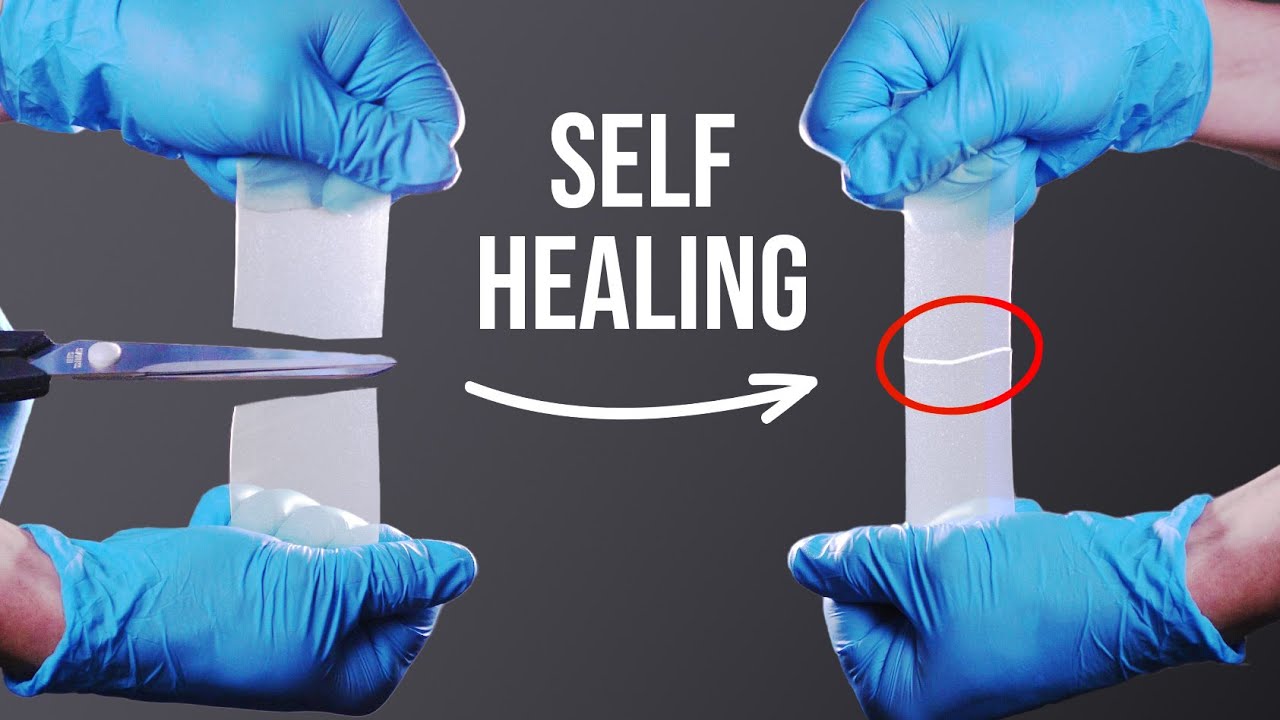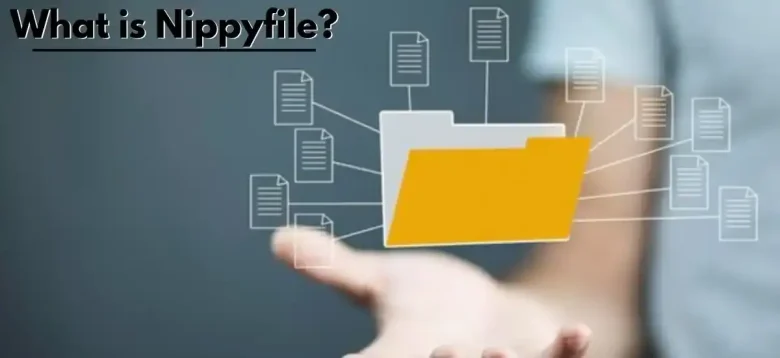
Introduction
Imagine a world where cracked phone screens mend themselves, scratched car paints vanish without a trace, and damaged infrastructure repairs itself seamlessly. This vision is becoming increasingly plausible with the advent of self-healing materials—a groundbreaking innovation that promises to transform the way we design, manufacture, and maintain products and structures. In this article, we delve into the fascinating realm of self-healing materials, exploring their origins, underlying mechanisms, and diverse applications across various industries.
Origins and Evolution
The concept of self-healing materials emerged from nature’s own mechanisms for repairing damage in living organisms. From the clotting of blood to the regeneration of skin tissue, biological systems have evolved sophisticated self-repair mechanisms over millions of years. Inspired by nature’s resilience, scientists and engineers began exploring ways to replicate these self-healing properties in synthetic materials, leading to the birth of self-healing materials research in the early 2000s.
Principles of Self-Healing
Self-healing materials possess the remarkable ability to autonomously repair damage when subjected to mechanical or environmental stress. This healing process typically involves three key steps: damage detection, activation of the healing mechanism, and restoration of material integrity. Various strategies have been employed to achieve self-healing, including microencapsulation of healing agents, reversible chemical reactions, and intrinsic polymer network rearrangement.
Microcapsule-Based Healing
One approach to self-healing involves embedding microcapsules filled with healing agents, such as adhesives or polymers, within the material matrix. When the material is damaged, the microcapsules rupture, releasing the healing agents into the crack or fracture site. Under the appropriate conditions, these agents react and form bonds, effectively sealing the damage and restoring the material’s mechanical properties. This encapsulation-based approach has been demonstrated in polymers, ceramics, and even concrete materials.
Dynamic Chemical Bonds
Another strategy for achieving self-healing relies on the reversible nature of certain chemical bonds within the material matrix. For instance, polymers containing dynamic covalent bonds, such as disulfide or imine bonds, can undergo reversible reactions in response to mechanical stress or temperature changes. As a result, when the material is damaged, these bonds break and reform, allowing the material to heal itself over time. This dynamic bonding approach has been employed in a wide range of polymeric materials, including elastomers, coatings, and composites.
Intrinsic Material Rearrangement
In addition to microcapsule-based healing and dynamic chemical bonds, some self-healing materials leverage intrinsic mechanisms for material rearrangement and reorganization. For example, shape-memory polymers can undergo reversible changes in shape and morphology in response to external stimuli, allowing them to “remember” their original form and recover from deformation or damage. Similarly, materials with self-assembling properties can spontaneously reconfigure their molecular structure to repair cracks and defects.
Applications Across Industries
The versatility of self-healing materials makes them applicable to a wide range of industries, including automotive, aerospace, electronics, construction, and healthcare. In the automotive sector, self-healing coatings and polymers offer enhanced scratch resistance and corrosion protection, prolonging the lifespan of vehicles and reducing maintenance costs. In aerospace applications, self-healing composites can mitigate damage from impacts or fatigue, improving the safety and reliability of aircraft structures.
Advantages and Challenges
Self-healing materials offer several distinct advantages over traditional materials, including increased durability, extended lifespan, and reduced maintenance requirements. By repairing damage autonomously, self-healing materials can significantly extend the service life of products and structures, leading to cost savings and environmental benefits. However, challenges remain in scaling up self-healing technologies for commercial use, optimizing healing efficiency, and ensuring compatibility with existing manufacturing processes.
Future Directions
As research in self-healing materials continues to advance, scientists and engineers are exploring new avenues for improving healing efficiency, durability, and functionality. From bio-inspired polymers to nanoscale self-assembling materials, the possibilities for innovation are virtually limitless. Moreover, integrating self-healing technologies with other emerging fields, such as 3D printing and nanotechnology, could unlock new opportunities for customization and multifunctionality in materials design.
Conclusion
Self-healing materials represent a paradigm shift in material science and engineering, offering a transformative solution to the age-old problem of material degradation and failure. By harnessing nature’s own mechanisms for repair and regeneration, self-healing materials have the potential to revolutionize numerous industries and pave the way for more sustainable and resilient products and structures. As we continue to push the boundaries of materials innovation, self-healing technologies promise to usher in a new era of durability, functionality, and environmental stewardship.


